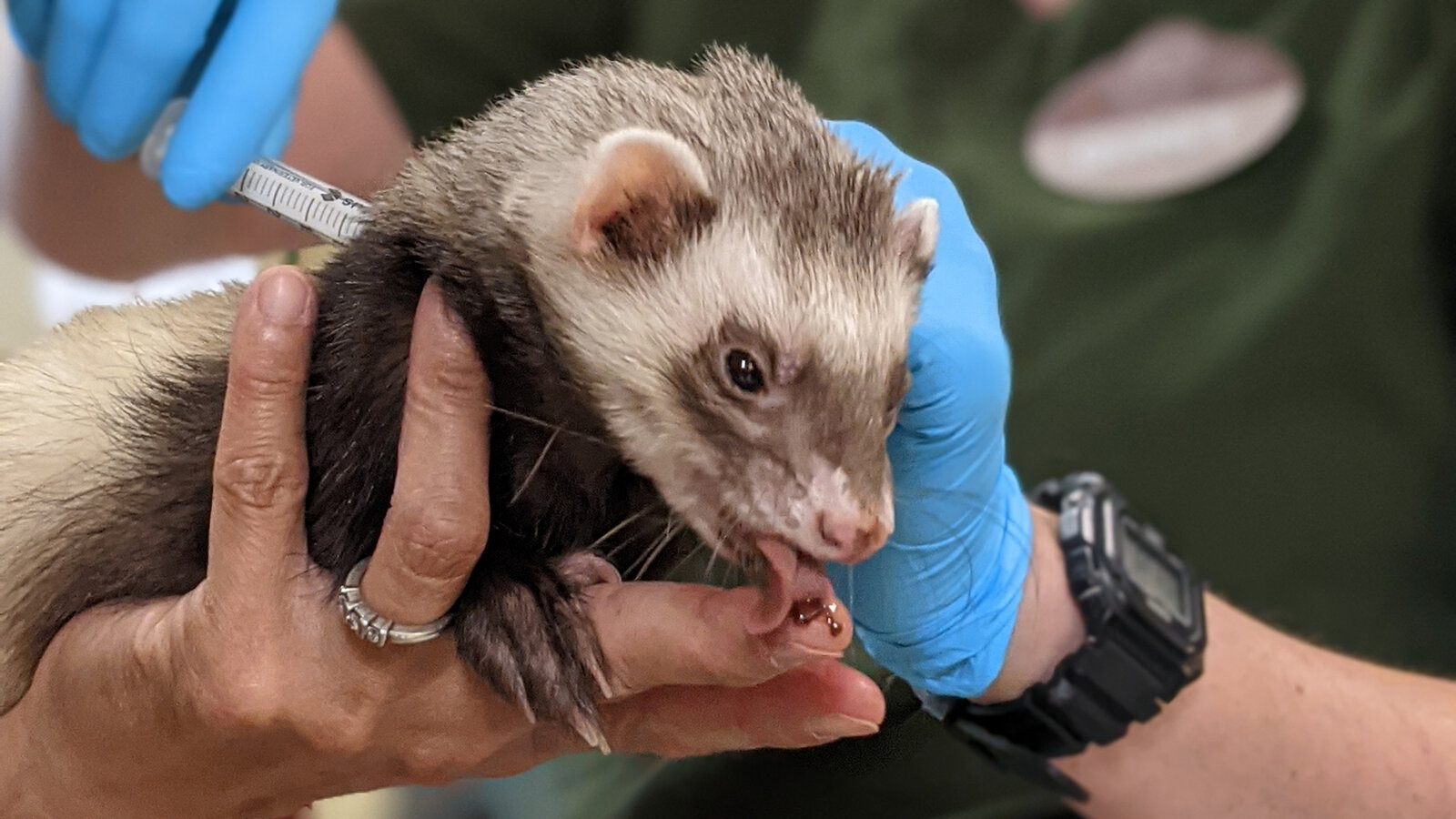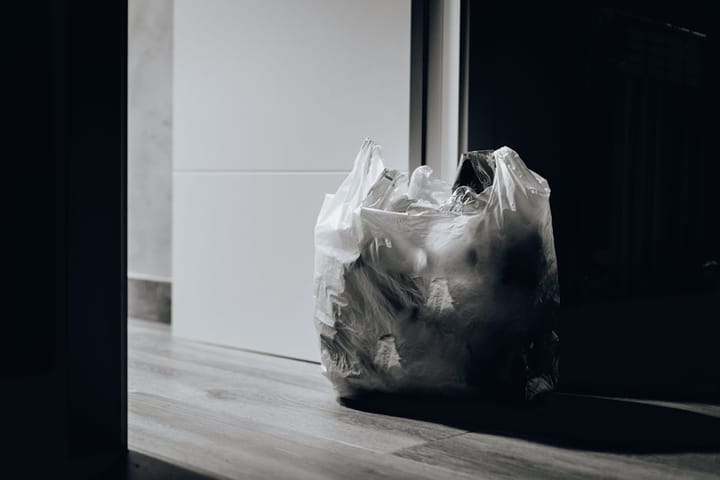Experts explain what animals getting COVID-19 means for us

A few minutes every morning is all you need.
Stay up to date on the world's Headlines and Human Stories. It's fun, it's factual, it's fluff-free.
Reports of infection have included hippos, hyenas and tigers at zoos across the United States. But a larger concern among scientists include viruses spreading among wild animals.
Which animals are contracting COVID-19?
- An 11-year-old, critically endangered snow-leopard named Rilu that lived at the Miller Park Zoo passed away from COVID-19 last week after contracting the virus in late November.
- But Rilu isn’t the only zoo animal to have contracted and died from COVID-19 recently.
- Speaking to TMS, Dr. Jordan Schaul, a zoologist and former writer for National Geographic, pointed out that millions of mink were eradicated at mink farms across Europe earlier last year after contracting and spreading the virus.
- “Millions of farmed mink were culled in Europe after new variants were discovered following reverse zoonotic events and secondary zoonotic infections reported in their keepers," says Dr. Jordan. “Consequently, the mink were deemed to pose a threat to public health."
- “Zoonotic and reverse zoonotic events are disease spillover events that impact novel or naive host populations," added Dr. Jordan. “Following zoonotic spillover events, pathogens may spillback from humans and infect novel nonhuman animal species like mink and deer, and companion and zoo animal species as has already been reported."
- Reports of infection have included hippos, hyenas and tigers at zoos across the United States. But a larger concern among scientists include viruses spreading among wild animals.
Which wild animals are contracting COVID-19?
- White-tailed deer are herbivores and sociable herd animals, contributing to the virus spreading throughout the herds.
- In a study published in Nature in December, Scientists in Ohio swabbed the nostrils of white-tailed deer and found that a large percentage of the animals tested positive for COVID-19. Nearly 33% of the deer sampled had active or recent infections.
- A similar study in Iowa showed that roadkill and hunted deer tissue indicated widespread infection.
- While there aren’t any reports that the virus has killed any deer, there is still a concern about the virus transmitting from these wild animals to humans.
- “The concern with deer is that hunters also come in close contact with these game animals and through their exposure handling carcasses they can become infected," says Dr. Jordan.
Why does this matter?

- Outside of animals directly infecting humans through contact, though, there are other concerns. One of these concerns includes new mutations occurring as the virus spreads through various animal populations.
- Dr. Dele Ogunseitan, professor of population health and disease prevention from the UCI Program in Public Health, explained that: “It is not yet clear how long the infection lasts in animals, but the likelihood of the emergence of worrisome variants increases as different species of animals become hosts for the virus."
What do experts have to say?
- When it comes to these infections spreading through animal populations, researchers and scientists are more worried about wild animals rather than captive animals.
- “In general, I would say zoo animals are in a better position than some domestic and companion animal populations," says Dr. Jordan. “So much surveillance work is already conducted on captive wildlife populations because they are sentinels for emerging and reemerging disease and already had robust preventive health programs in place before the pandemic."
- But, the bigger concern is still the transmission of the virus from human-to-human, says Tom DeLiberto, the assistant director of the National Wildlife Research Center
- “The greatest risk to people still remains transmission of the virus from person to person,” said DeLiberto, who is helping lead federal efforts to identify the coronavirus in wildlife. “Could that change later on? Absolutely, and that’s why we’re doing these things to get a handle on what’s happening to deer.”
What’s next?
- According to Dr. Ogunseitan, the most important thing that can happen is using a One Health approach.
- “This is a potentially serious problem, and integrative surveillance using a One Health approach is essential for monitoring and developing early warning systems," says Dr. Ogunseitan.
- According to the Centers for Disease Control and Prevention (CDC) website, One Health is a collaborative approach with the goal of achieving optimal health outcomes by recognizing the interconnection between people, animals, plants and their shared environment.
- There are other important measures that have to be taken, including monitoring the health of captive and wild animals across the country domestically and abroad to try and contain the virus if detected as early as possible.
- “Surveillance is essential. Vaccination is key," says Dr. Jordan. “At the very least, testing is conducted on animals and staff working in proximity to animals."
You drive the stories at TMS. DM us which headline you want us to explain, or email us.







Comments ()